Upcycling vs. Recycling: How Are They Different? Which Is Better?
-
Greg Iacono
- Last updated:
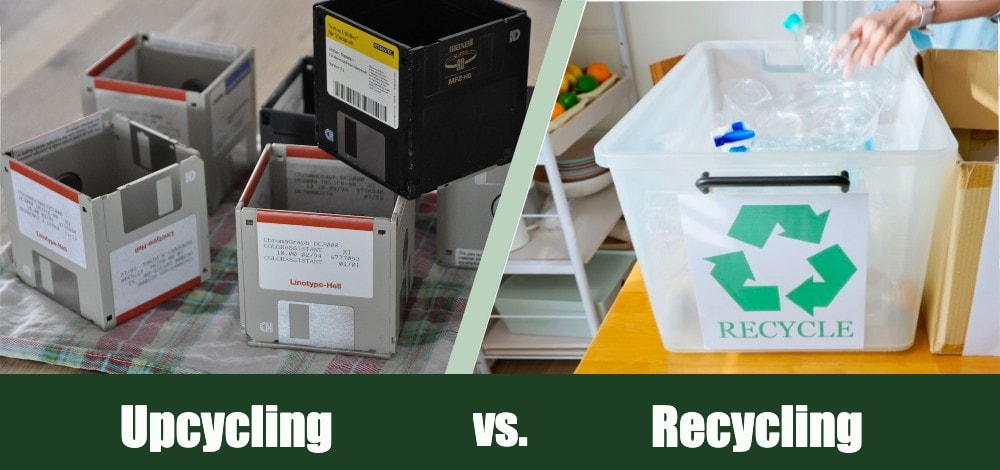
Today more than ever, recycling is critical for the planet and the future of the human race. Too much waste is going into landfills, and recycling is one of our best and only options. However, a new term has been recently heard in recycling circles, upcycling.
Although the two sound very similar, recycling and upcycling are quite different and espouse an entirely different way of looking at and dealing with trash. Many people question which one is better, as well as the similarities and differences between upcycling and recycling. Below you’ll discover the facts about both environmental terms and, more importantly, why both are essential if we want to win the fight against pollution and the problems it causes for all of us.
Overview of Recycling
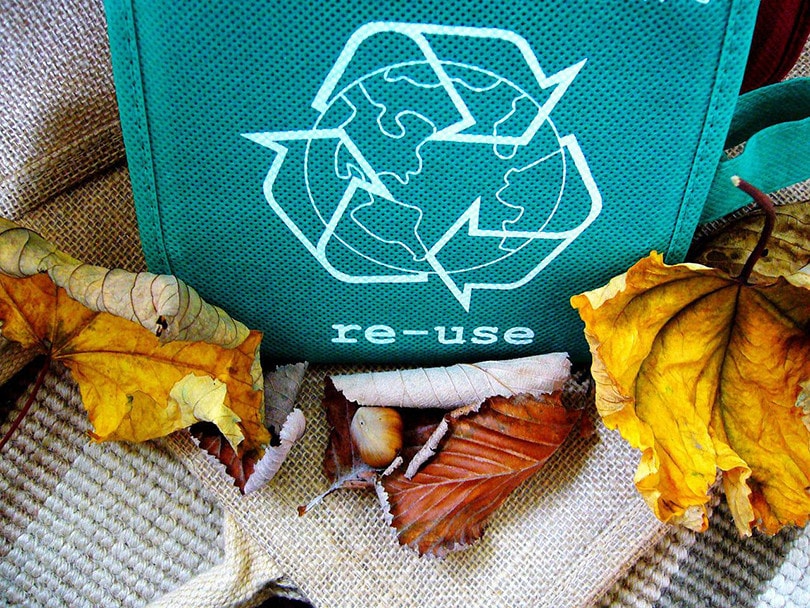
Recycling, at its core, is a process whereby an old, used, broken, or an obsolete item is turned into a new, usable product or material. Glass is an excellent example. You can easily recycle old glass bottles, jars, and other items into new products without a drop in their quality and usefulness.
How It Works
Recycling is a process with a specific start and specific end. The beginning of the process usually involves a transportation company picking up used, recyclable items and bringing them to a recycling plant. Recyclable items can be picked up from individual, private homes, local businesses, and local recycling centers that allow individuals to drop off their recyclable items.
Once at the recycling plant, the items are processed, which usually involves heat, and the raw material is made into something new.
Different Products Are Recycled Differently
Although an item might be recyclable, some are easier to recycle and pose fewer challenges than others. For example, glass, steel, and aluminum are three materials that can be 100% recycled, which means that the material doesn’t degrade when recycled but is 100% like new again after recycling. All three materials are melted down and then cast into new products.
On the other hand, paper and plastic degrade every time they are recycled, so you can only recycle them a few times before it’s no longer possible.
Which Products Are Best to Recycle?
For various reasons, items like plastic bottle caps, packing peanuts, ceramics of all kinds, and plastic utensils, among others, can’t be recycled. However, many things can be recycled. They include aluminum cans, glass containers of almost every type, corrugated cardboard, PET plastic bottles, and anything made from steel and newspaper.
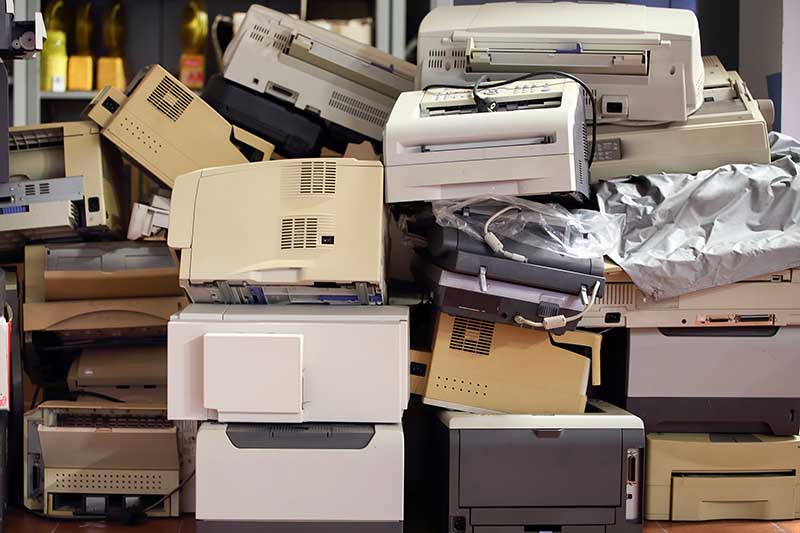
When to Choose Recycling
Any time that you have a product made from recyclable material, you should do your best to recycle it. That includes paper, plastics, and metals. Some businesses have containers in their parking lots to collect everyday products like smartphones, computers, televisions, clothing, shoes, and blankets.
Some Items Must Be Brought to a Recycling Center
Although they are recyclable, some items can’t be sent to a recycling plant via your regular recycling pick-up company but must be brought to a special plant or a donation center to be recycled. Clothing is an excellent example of this, along with plastic furniture, plastic grocery bags, propane tanks, and several others.
When to Avoid Recycling
It can be tempting to try and recycle everything you throw away, thinking that you’re doing something good for the planet. Unfortunately, some items can’t be recycled, and you shouldn’t recycle other toxic materials due to the environmental threat they pose.
For example, placing plastic grocery bags in your recycling is not allowed since most recycling plants don’t have the capacity or tools to recycle them. Christmas lights, electrical cables, motor oil, batteries, diapers, and most electronic devices should also not be placed in your recycling bins.
- Waste is kept out of landfills, the ocean, rivers, streams, etc., reducing pollution
- Reduced energy use to manufacture new goods
- Recycling creates new jobs and businesses
- Useless items become new, valuable items again
- Materials like glass and metal can be used to their fullest extent
- Reduces greenhouse gases, thus reducing global warming
- Conserves natural resources
- Recycling sometimes uses more energy than making something from new materials
- Collecting recycled products leave a large carbon footprint, including increased greenhouse gases
- Recycling can be costly
- Recycling doesn’t offset the environmental impact of other choices
- Some recycled products are lower quality than new products
- Recycling centers can be unsafe
Overview of Upcycling
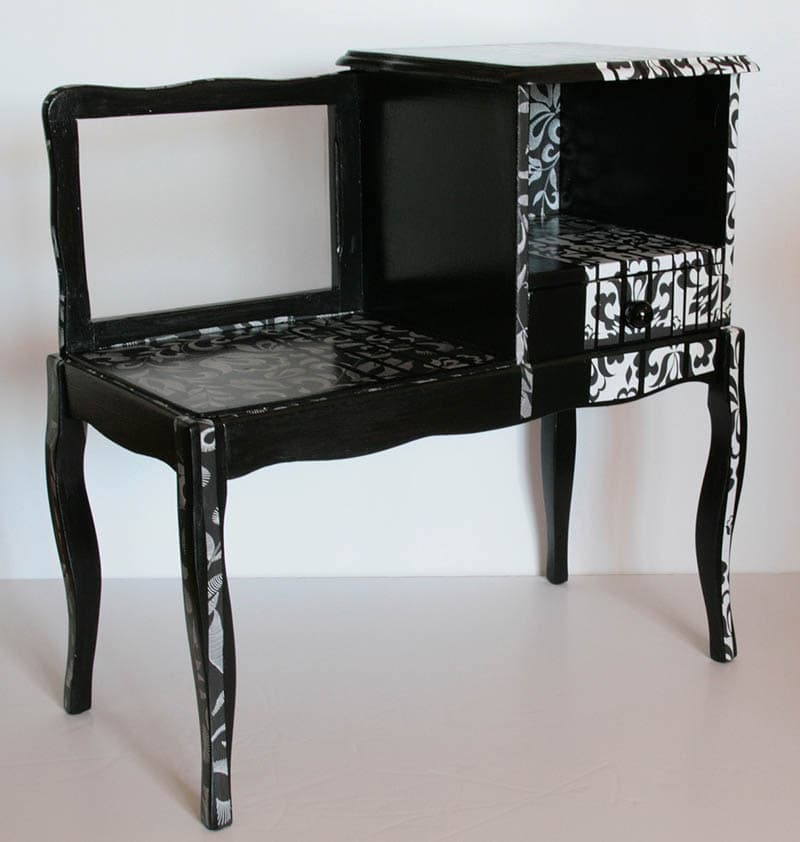
While upcycling might sound closely connected to recycling, it’s quite different. For example, while recycling is a process that takes old items and breaks them down into their base materials to use in new products, upcycling takes things that are no longer useful and uses them to create new products without the need for collecting, processing, and recasting them.
An excellent example is an old, outdated piece of furniture that’s repaired, sanded, and refinished so you can use it again. This example, however, is just the tip of the upcycling iceberg.
How it Works
Upcycling is taking something no longer useful and repurposing it to be useful again. That often means transforming it into something else entirely. Take, for example, a plastic soda bottle. Upcycling this item might mean turning it into a pot for a plant, a bird feeder for your backyard, or a funnel for pouring liquids from one container into another. Many people repurpose wooden pallets into holiday decorations and outdoor furniture with a little skill, creativity, and the right tools.
What Upcycling Is Good For
Anything you can use again without needing to process is a candidate for upcycling. One exceptionally creative upcycling project we encountered when researching this article was taking old boots and turning them into planters! All sorts of used items can be turned into planters, including old car tires.
Making a set of glasses from wine bottles is another great example of upcycling, as well as turning an old tire into a child’s swing. An easy way to describe what upcycling is good for is this; anything that you would typically throw in the trash but instead can turn into something useful again with a little creativity is a great candidate for upcycling.
Which Products Are Best to Upcycle?
Any used item that isn’t a health hazard and can be used to make something new can be upcycled. Plastic items, including food and beverage containers, are some of the best to upcycle. The only limit to what can be recycled is your imagination. From tires and 5-gallon containers to old furniture, clothing, coat hangers, electronic devices, and concrete blocks, you can upcycle practically anything!
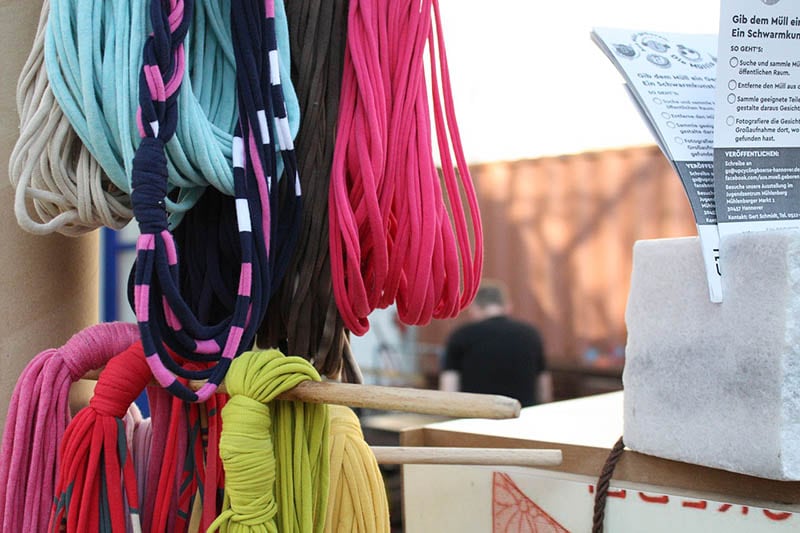
When to Choose Upcycling
Choosing upcycling over recycling involves, as we’ve seen, creativity and a little bit of work. When should you choose upcycling? The answer is whenever you can. If you have a typically trash-able item, or several of them, and believe you can use those items to make something valuable and practical, go for it!
Turn that old box into a playhouse for your kids, use old wine bottles as vases, or make a Christmas tree from the wooden pallet that’s been taking up space in your garage. The more you upcycle, the less energy is used to recycle, and less trash makes its way to places unknown and unwanted.
When to Avoid Upcycling
One of the only reasons to avoid upcycling is when you have an item or material that’s unsafe, toxic, or otherwise poses a health risk to you and your loved ones. Some lightbulbs should never be upcycled due to the chemicals used in their manufacturing. Treated lumber might not be suitable for upcycling due to the toxic chemicals used to treat it, and anything that’s been highly contaminated or has held toxic chemicals should be disposed of properly rather than upcycled. The good news is that, in most American homes, most items that end up in the trash can be upcycled instead.
- Keeps waste out of landfills, rivers, streams, the ocean, etc.
- Uses far less energy than recycling
- It can be done at home with minimal cost
- It’s a creative outlet
- It reduces the need for natural resources
- Produces new items for a fraction of the cost
- Increases the lifetime value of a product
- Some items can’t be upcycled safely
- Additional items might be needed to upcycle (glue, tools, etc.)
- It is an invitation to horde items, which can be problematic
- Is limited to products that can be upcycled
What Are the Main Differences Between Upcycling and Recycling?
As we’ve seen, there are some rudimentary differences between recycling and upcycling. While both involve turning worthless trash into new products, the former is, in many ways, worse for the planet than the latter. Below we’ll explain why.
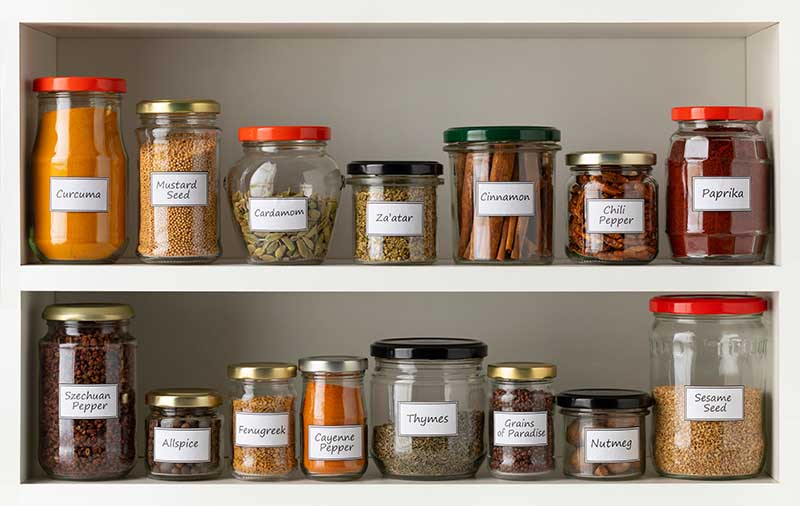
Destruction vs. Creation
The most glaring difference between recycling and upcycling is that recycling involves destroying something to make something else. For example, glass and metal need to be smelted (melted down) using vast amounts of heat energy to produce a new glass jar or aluminum can. In other words, waste is destroyed so that it can be renewed when you recycle it.
Upcycling involves taking the waste and using it as-is to make something new, better, or completely different. The waste itself, whether a plastic bottle, piece of furniture, aluminum can, or glass jar, is left more or less in its current form, and little or no energy is used to transform it into something new and useful again.
Practicality vs. Creativity
There is no denying that recycling is a practical use of waste and can turn it into something useful again, albeit with an outlay of resources, including large amounts of energy. On the other hand, upcycling involves using your creativity to take a piece of trash and turn it into something useful with your own hands and creative input.
An excellent example is homes made from trash, where an ingenious person has upcycled trash and created a living space. Turning waste into something that will make your life better in some way is what upcycling is all about.
More Energy vs. Less Energy
This last difference between recycling and upcycling might be the most important as it involves using energy, including gas and electricity. When recycling, vast amounts of energy are often used, especially when recycling paper and plastic. Upcycling, however, uses little or no energy to turn something old and useless into something new and useful again. Yes, some energy is used, but it’s usually far less than recycling.
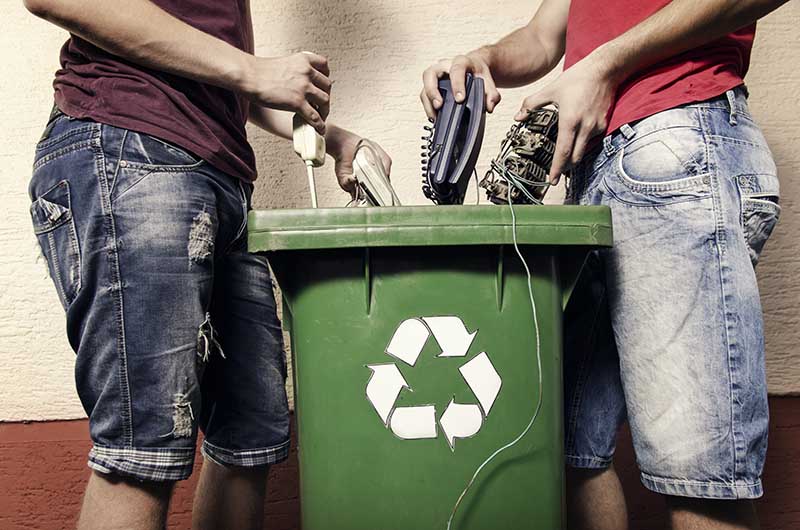
When to Choose Recycling vs. Upcycling
- Products that have held toxic materials
- Glass bottles, jars, containers
- Paper
- Cardboard boxes
- Aluminum cans, tins, etc.
- Most plastic containers
- Most metals
- Magazines and newspapers
- Furniture
- Glass containers
- Cardboard boxes
- Clothing
- Shoes
- Tires
- Materials and fabrics
- Pallets
- Plastic bottles
- Pool noodles
- Plastic crates
- Plastic food containers
- 5-gallon buckets
- Toilet and paper towel tubes
- Old toys
- Sports equipment
Conclusion
There are many differences between recycling and upcycling, but there are a few similarities. Both allow you to take material that has outlived its usefulness and turn it into a new item with a new purpose. The main difference is that, to recycle, you need to destroy something, whereas with upcycling, you can use the item without breaking it down to make something new. There’s also the creative element of upcycling that makes it more fun and challenging. In contrast, recycling means putting your trash in the correct container for your garbage company to haul away.
Which is better, recycling or upcycling? That’s hard to say with any certainty. At the end of the day, recycling and upcycling are necessary if you want to reduce the amount of trash being dumped in landfills and making its way into our oceans. Whichever you choose, recycling or upcycling, know that you’re helping the planet and helping future generations.
- https://www.forgerecycling.co.uk/blog/what-is-the-difference-between-recycling-and-upcycling/
- https://www.acorecycling.com/blog/what-are-the-most-recyclable-materials/
- https://www.bobvila.com/slideshow/20-surprising-things-you-can-t-recycle-52079
- https://www.wired.com/gallery/our-favorite-upcycled-and-recycled-products/
- https://greenblue.org/top-18-things-you-should-not-recycle-curbside/
- https://ecavo.com/recycling-advantages-disadvantages/
- https://www.personalcreations.com/blog/50-new-uses-for-old-things
- https://erakina.com/innovation-upcycling-erakina/
- https://earthhero.com/blogs/blog/upcycling-vs-recycling
- https://www.inexhibit.com/case-studies/design-recycling-vs-upcycling-whats-the-difference/
- https://www.wm.com/us/en/recycle-right/recycling-101
- https://www.mecknc.gov/LUESA/SolidWaste/Disposal-Recycling/Pages/what-can-and-cannot-be-recycled.aspx
- https://us.paguroupcycle.com/blogs/news/101-upcycling-ideas-the-ultimate-list
- https://www.familyhandyman.com/list/79-old-items-totally-fit-for-repurposing/
Featured Image Credit: (L) karin_van_Duke, Pixabay | (R) Jaslysun, Shutterstock
Contents



